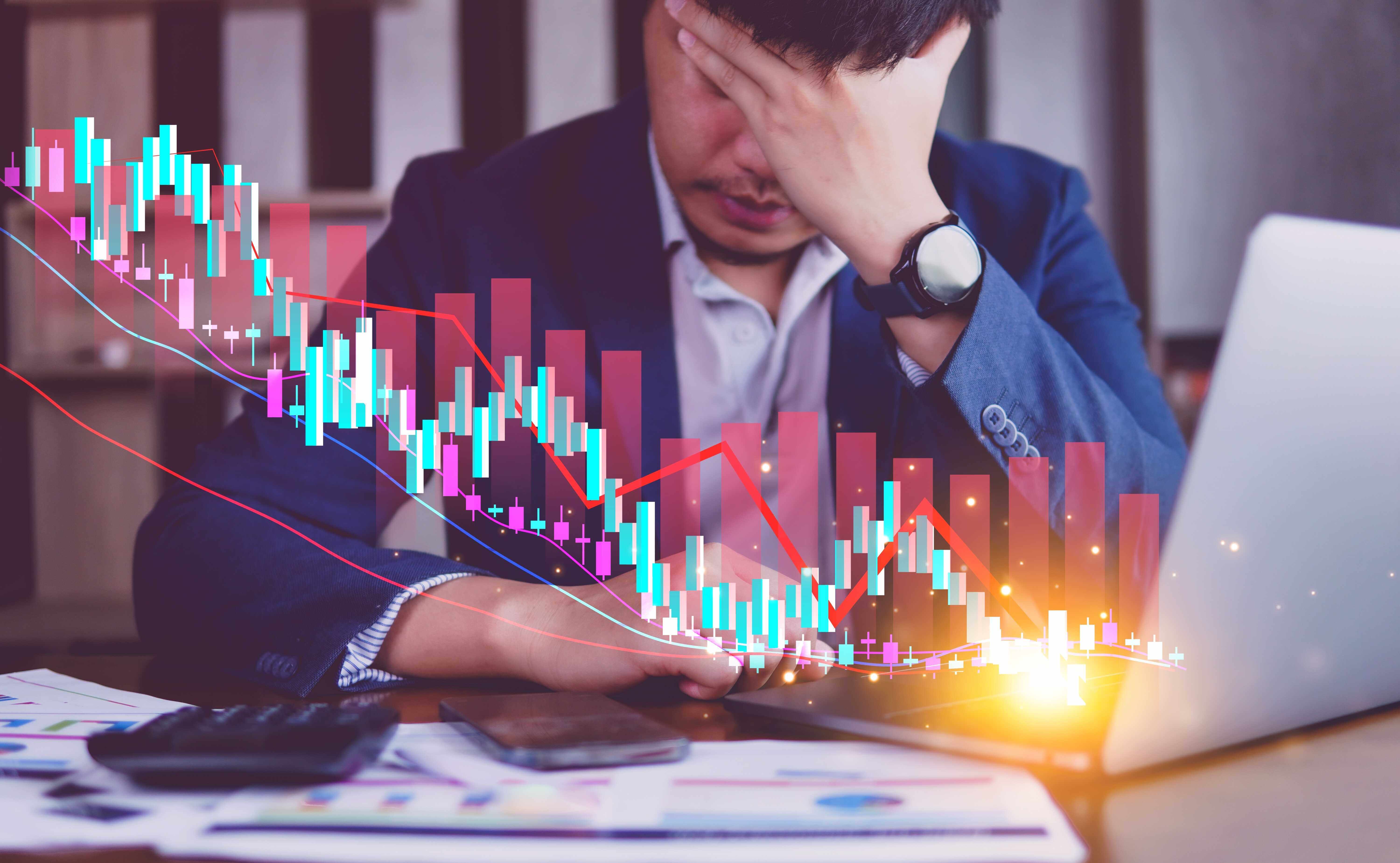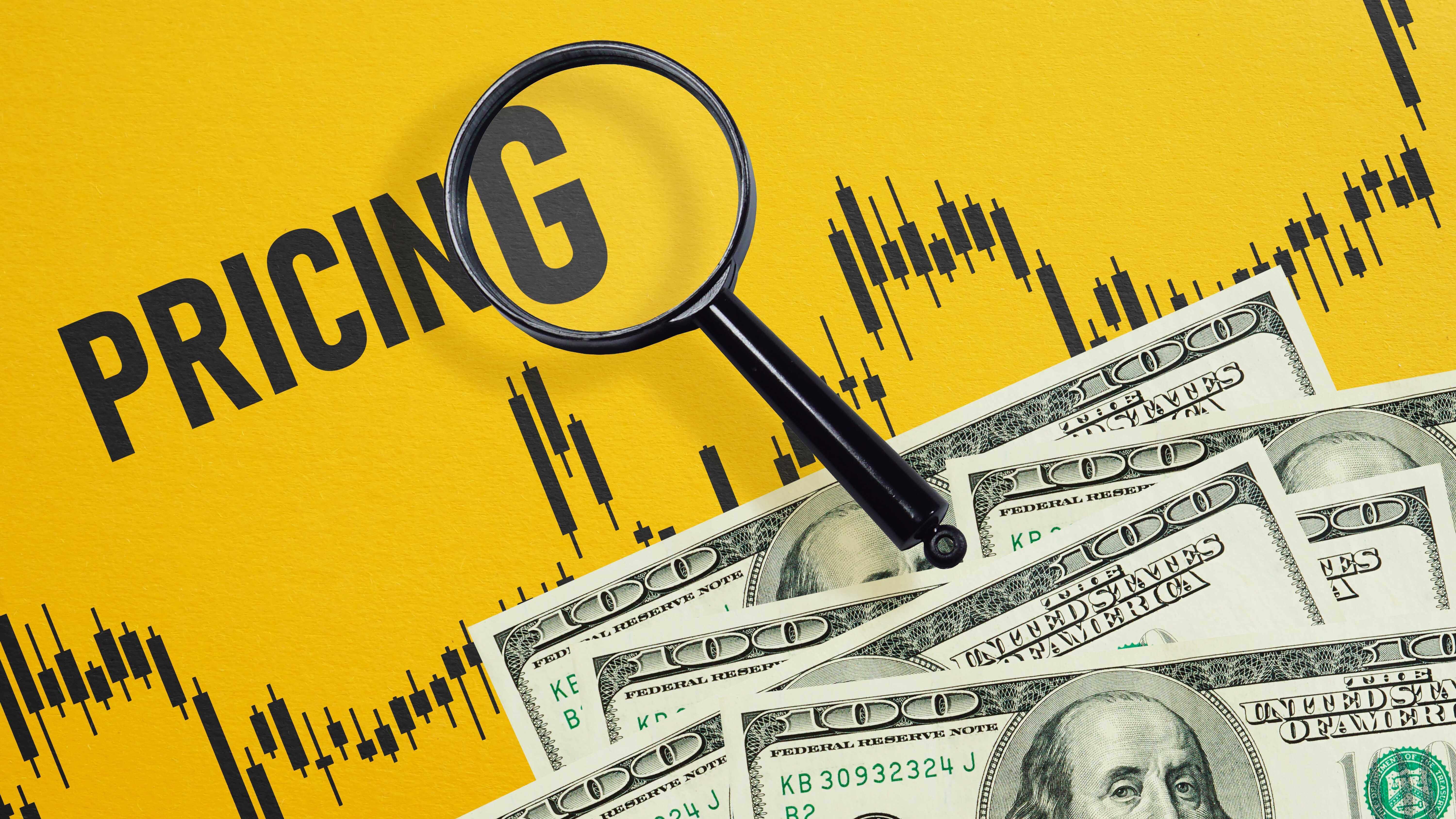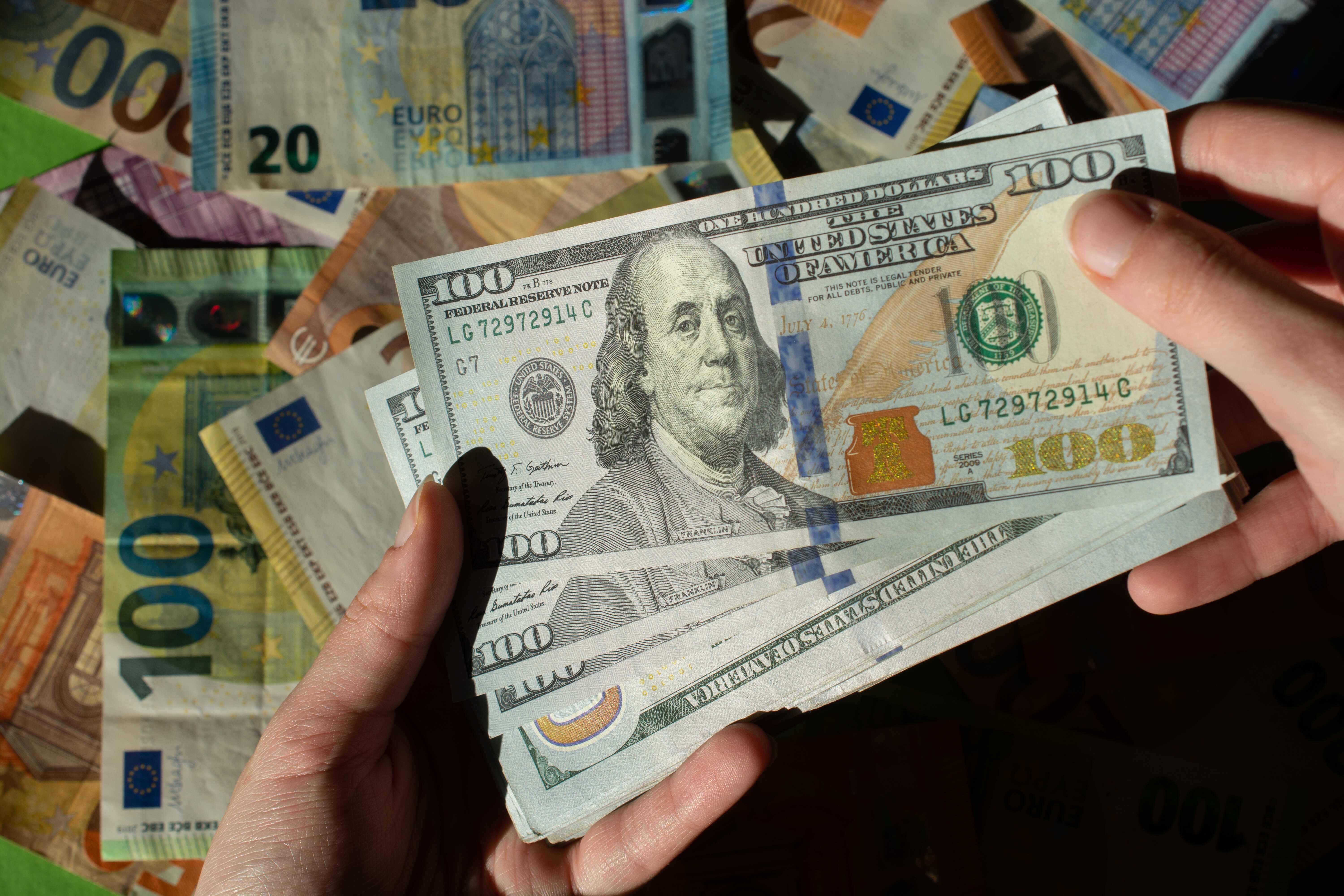Nvidia's 17% Plunge Exposed One Of The Greatest Risks In The Stock Market

On Jan. 27, Nvidia (NASDAQ: NVDA) fell 17%, erasing over $590 billion from its market cap. It marked the greatest single-day market-cap destruction for a company in U.S. stock market history.
While the growth stock recovered nearly half of those losses the following day, there are still lessons to be learned from this historic market event.
Start Your Mornings Smarter! Wake up with Breakfast news in your inbox every market day. Sign Up For Free »
Let's dive into the significance of the sell-off, the risk it exposes, and how you can position your portfolio in response to this risk.
Image source: Getty Images.
A contained sell-off
Despite massive drawdowns in Nvidia, Broadcom (NASDAQ: AVGO), Taiwan Semiconductor, and other chip stocks, Monday's sell-off was fairly isolated.
The following chart shows the 12 largest S&P 500 (SNPINDEX: ^GSPC) components by market cap. Taiwan Semiconductor makes the cut from a market-cap perspective, but it's excluded from the chart because it isn't in the S&P 500 index.
Data by YCharts.
As you can see, tech companies like Apple and Meta enjoyed solid gains, as did other industry leaders like Walmart and Berkshire Hathaway. In fact, the Dow Jones Industrial Average (DJINDICES: ^DJI) gained 0.7% on the day. And yet, the Invesco QQQ Trust (NASDAQ: QQQ), an exchange-traded fund (ETF) that tracks the Nasdaq-100, fell 2.9%. The Vanguard S&P 500 ETF (NYSEMKT: VOO) similarly tracks the S&P 500, and it declined 1.4%.
Data by YCharts.
Despite gains for multiple stock market sectors, not to mention many individual tech stocks, the S&P 500 and Nasdaq-100 still fell sharply that day because of how massively valuable chip stocks like Nvidia have become.
You can determine the impact of an individual stock on an index (or an ETF that tracks it) by multiplying its portfolio weight by the movement in the stock price.
For example, Nvidia makes up about 7.5% of the Invesco QQQ and 6.6% of the Vanguard S&P 500 ETF. Meanwhile, Broadcom represents 4.0% and 2.2% of the holdings in those two ETFs, respectively. Given their double-digit one-day losses on Jan. 27, these two companies single-handedly brought down the Invesco QQQ 2.0% while dragging the Vanguard S&P 500 down 1.5%. In other words, just two megacap stocks accounted for the bulk of the price movement in these funds.
Understanding concentration risk
The sell-off in Nvidia and Broadcom showcases the risks of a top-heavy market. As jarring as this realization may be, it's also a reminder of the importance of knowing the composition of an index fund before you invest in it, including benchmarks like the S&P 500 and Nasdaq-100. However, there are ways to counter concentration risk.
The best way is to know what you own and why you own it, and that means having a clear investment thesis for every stock or fund in your portfolio.
Another exercise to consider is calculating your true exposure to each stock you own, across portfolios and funds. For example, if you own $3,500 in Nvidia stock but also have $100,000 in an S&P 500 index fund, your true exposure to Nvidia is over $10,000 because it makes up such a large amount of the index.
Too often, investors assume that an index or ETF is diversified just because it contains dozens or hundreds of companies, but there are varying degrees of diversification.
How to handle market risk
The concentration of the S&P 500 is a risk you should be aware of, but it doesn't mean you should overhaul your entire investment strategy.
Tech's dominance in the S&P 500 has been primarily driven by earnings growth. Nvidia is a good example of this as gains in the stock price have been backed up by growing earnings and margin expansion from the underlying business.
In sum, the S&P 500 is still a powerful tool for compounding wealth long term, but investors should perform a portfolio review to ensure they aren't overly exposed to a handful of companies or themes.
JPMorgan Chase is an advertising partner of Motley Fool Money. Suzanne Frey, an executive at Alphabet, is a member of The Motley Fool’s board of directors. John Mackey, former CEO of Whole Foods Market, an Amazon subsidiary, is a member of The Motley Fool’s board of directors. Randi Zuckerberg, a former director of market development and spokeswoman for Facebook and sister to Meta Platforms CEO Mark Zuckerberg, is a member of The Motley Fool's board of directors. Daniel Foelber has no position in any of the stocks mentioned. The Motley Fool has positions in and recommends Alphabet, Amazon, Apple, Berkshire Hathaway, JPMorgan Chase, Meta Platforms, Microsoft, Nvidia, Taiwan Semiconductor Manufacturing, Tesla, Vanguard S&P 500 ETF, and Walmart. The Motley Fool recommends Broadcom and recommends the following options: long January 2026 $395 calls on Microsoft and short January 2026 $405 calls on Microsoft. The Motley Fool has a disclosure policy.




